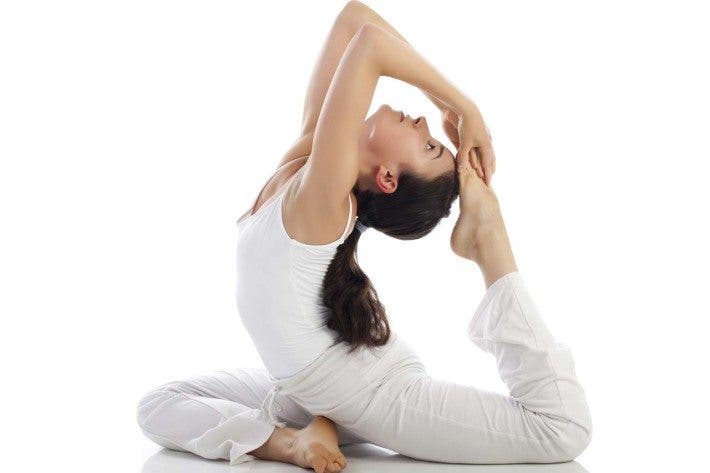Strength as basic physical ability is the capacity to overcome resistance. There many types of strenght:
Explosive Strength
Produce a maximal amount of force in a minimal amount of time; muscle lengthening followed by rapid acceleration through the shortening phase. Focus is on the speed of movement through a range of motion.
Explosive strength is based on the ability of the contractile element to rapidly generate tension, while power enhances the ability of elastic tissue to minimize the transition time from lengthening to shortening during the stretch-shorten cycle.

Is the ability to maintain strength for a long period of time
Maxium strenght
The maxium strenght is the greatest that the neuromuscular system can develop by means of a maxium voluntary contraction. The maxium force will be conditioned by some factors: the cross section of the muscle, the coordination .

2.- What is flexibility as basic physical capacity? What factors flexibility depend on?
Is the ability of the joints to perform movements as widely as possible. We have to keep in mind that flexibility doesn´t generate movement.
factors:
Muscle elasticity: Is the ability to enlarge the muscles and recover the initial position.
Joint mobility: maximum degree of movement of each joint.
Intermuscular coordination: The intermuscular coordination regulates the different degrees of muscular contraction thanks to a mechanism of sum of motor units. The muscle contraction can be regulated in two ways: Regulatin the number of motor units in action and regulation the frequency of nerve simulation.
Joint mobility: maximum degree of movement of each joint.
Intermuscular coordination: The intermuscular coordination regulates the different degrees of muscular contraction thanks to a mechanism of sum of motor units. The muscle contraction can be regulated in two ways: Regulatin the number of motor units in action and regulation the frequency of nerve simulation.

3-What is endurance as basic physical capacity?
The endurance is the physical and mental capacity that the athlete has to support fatigue versis relatively long efforts and the ability to quickly recover after finishing the effort.
Types of endurance:
Aerobic exercise is a physical exercise which implicitly needs breathing to be performed. Aerobic exercises include any type of exercise that is practiced at moderate levels of intensity for extended periods of time, which makes maintaining a higher heart rate.
The endurance is the physical and mental capacity that the athlete has to support fatigue versis relatively long efforts and the ability to quickly recover after finishing the effort.
Types of endurance:
Aerobic exercise is a physical exercise which implicitly needs breathing to be performed. Aerobic exercises include any type of exercise that is practiced at moderate levels of intensity for extended periods of time, which makes maintaining a higher heart rate.
Anaerobic exercise is physical exercise comprising short force-based activities, such as weightlifting.
Jogging
Dancing
Swimming
Biking
Climbing stairs
Playing tennis/basketball



No comments:
Post a Comment